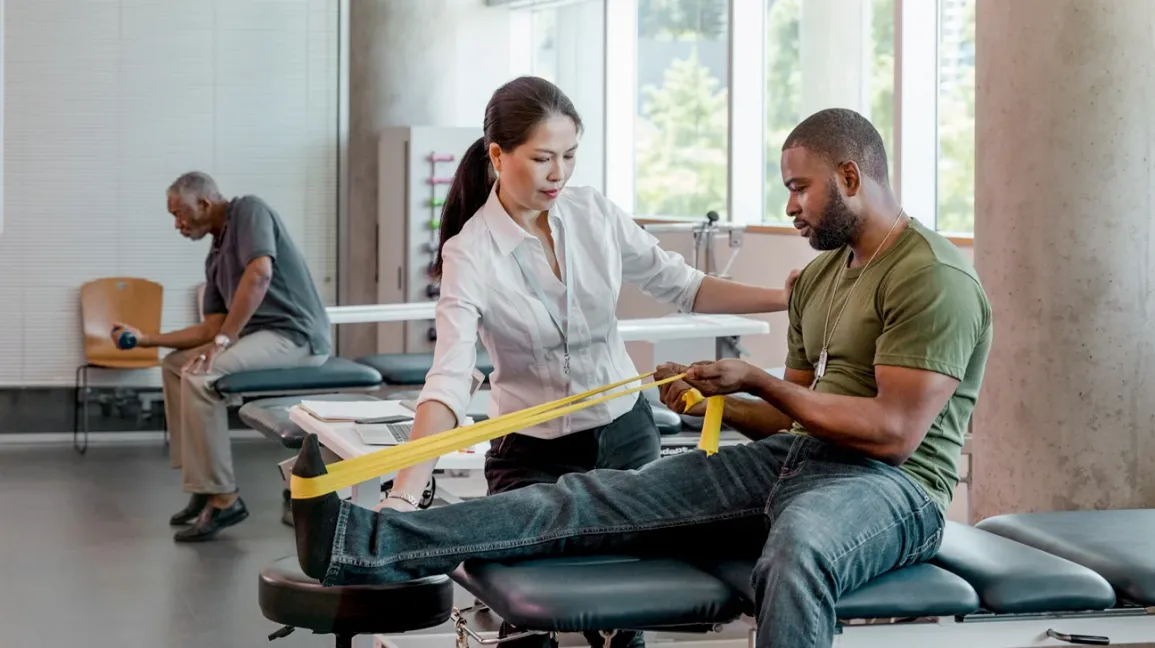Introduction
In a world where noise is an inescapable part of daily life, safeguarding our hearing has become an imperative. The constant exposure to loud sounds from various sources poses a significant risk to our auditory health. The need to protect our ears from the potential damage caused by noise-induced hearing loss has never been greater. This comprehensive guide aims to provide a thorough understanding of the importance of effective hearing protection, the various types of hearing protectors available, their proper usage, and essential steps to prevent noise-induced hearing loss.
The Significance of Hearing Protection
Our ability to hear is a precious sense that connects us to the world around us. The consequences of disregarding the need for hearing protection can be severe, resulting in permanent hearing loss. Noise-induced hearing loss is a gradual yet irreversible condition that can be triggered by prolonged exposure to excessive noise levels. From bustling urban environments to workplaces with machinery, the potential sources of harmful noise are numerous. By prioritizing hearing protection, we take a proactive stance in preserving our ability to communicate, enjoy music, and engage in social interactions.
Types of Hearing Protectors
Understanding the different types of hearing protectors is crucial in selecting the right solution for your needs:
- Earplugs: These small inserts are designed to be placed within the ear canal, effectively blocking out undesirable noise. They come in various materials, including foam, silicone, and custom-molded options. Earplugs offer a convenient and discreet way to protect your ears from noise.
- Earmuffs: Earmuffs, also known as ear defenders, are ear coverings that envelop the entire ear. They create a physical barrier between your ears and the surrounding noise. Earmuffs provide a higher degree of protection and are particularly useful in environments with consistently loud sounds.
- Semi-Insert Earplugs (Canal Caps): This hybrid design combines the benefits of earplugs and earmuffs. Semi-insert earplugs fit partially into the ear canal while also covering the outer ear, providing a balance between comfort and protection.
- Electronic Hearing Protectors: Incorporating advanced technology, electronic hearing protectors offer active noise reduction capabilities. They selectively block out harmful noise while allowing safe sounds, like speech, to remain audible. These devices are especially beneficial in environments where communication is crucial.
- Custom-Molded Earplugs: For a personalized fit, custom-molded earplugs are crafted to match the contours of your ears precisely. This level of customization ensures optimal comfort and protection, making them a popular choice among individuals seeking tailored solutions.
Proper Usage of Hearing Protectors
Selecting the appropriate hearing protector is only the first step; using them correctly is equally vital:
- Proper Insertion: When using earplugs, it’s essential to insert them fully into the ear canal to achieve an effective seal. Earmuffs should be worn Effective Hearing Protection with a snug fit, ensuring they cover your ears completely.
- Maintenance: Regularly clean and maintain your hearing protectors to ensure they function optimally. If you use disposable earplugs, replace them as needed. For earmuffs, inspect them regularly for signs of wear and tear.
- Comfortable Fit: Comfort plays a crucial role in ensuring consistent use of hearing protectors. Choose protectors that feel comfortable and don’t cause discomfort, especially during extended periods of wear.
- Consistency: To ensure reliable protection, consistently wear your chosen hearing protectors in noisy environments. Whether you’re at a concert, a construction site, or engaged in recreational activities like shooting, maintaining consistent use is key.
Preventing Noise-Induced Hearing Loss
In addition to using hearing protectors, adopting preventive measures can significantly reduce the risk of noise-induced hearing loss:
- Heightened Awareness: Develop an awareness of environments where noise levels are consistently high. Whether it’s a factory floor, a music venue, or even your daily commute, recognize the potential for exposure to harmful noise.
- Volume Moderion: atWhen using headphones or earbuds, keep the volume at a safe level. Noise-canceling headphones are effective in reducing the need to increase the volume in noisy surroundings.
- Limiting Exposure: Whenever possible, limit your exposure to noisy environments. Taking regular breaks and stepping away from the source of noise can provide your ears with valuable respite.
- Regular Hing Check-Upears: Scheduled visits to a healthcare professional for hearing assessments are essential for monitoring your auditory health. These check-ups can detect early signs of hearing loss and guide appropriate interventions.
Conclusion
Preserving our ability to hear is a responsibility that rests on our shoulders. Noise-induced hearing loss is preventable, and effective hearing protection is a key tool in this endeavor. By comprehending the importance of hearing protection, exploring the diverse types of hearing protectors available, using them correctly, and embracing preventive measures, we empower ourselves to maintain auditory health. Our ears are irreplaceable, and our capacity to experience the richness of sound depends on the proactive steps we take to guard them against the hazards of noise. In making hearing protection a priority, we ensure that the symphony of life remains vibrant and resonant for years to come.










